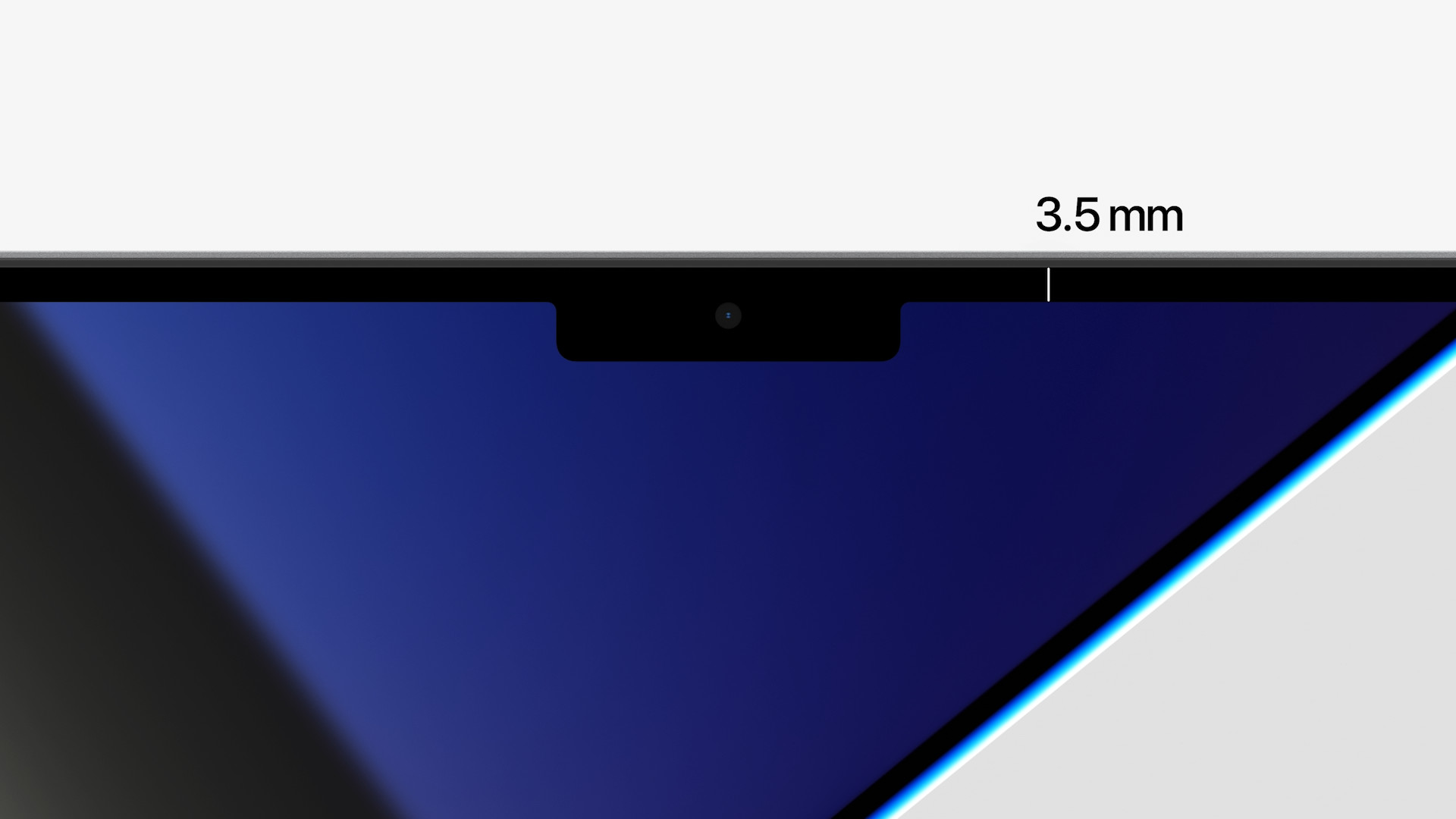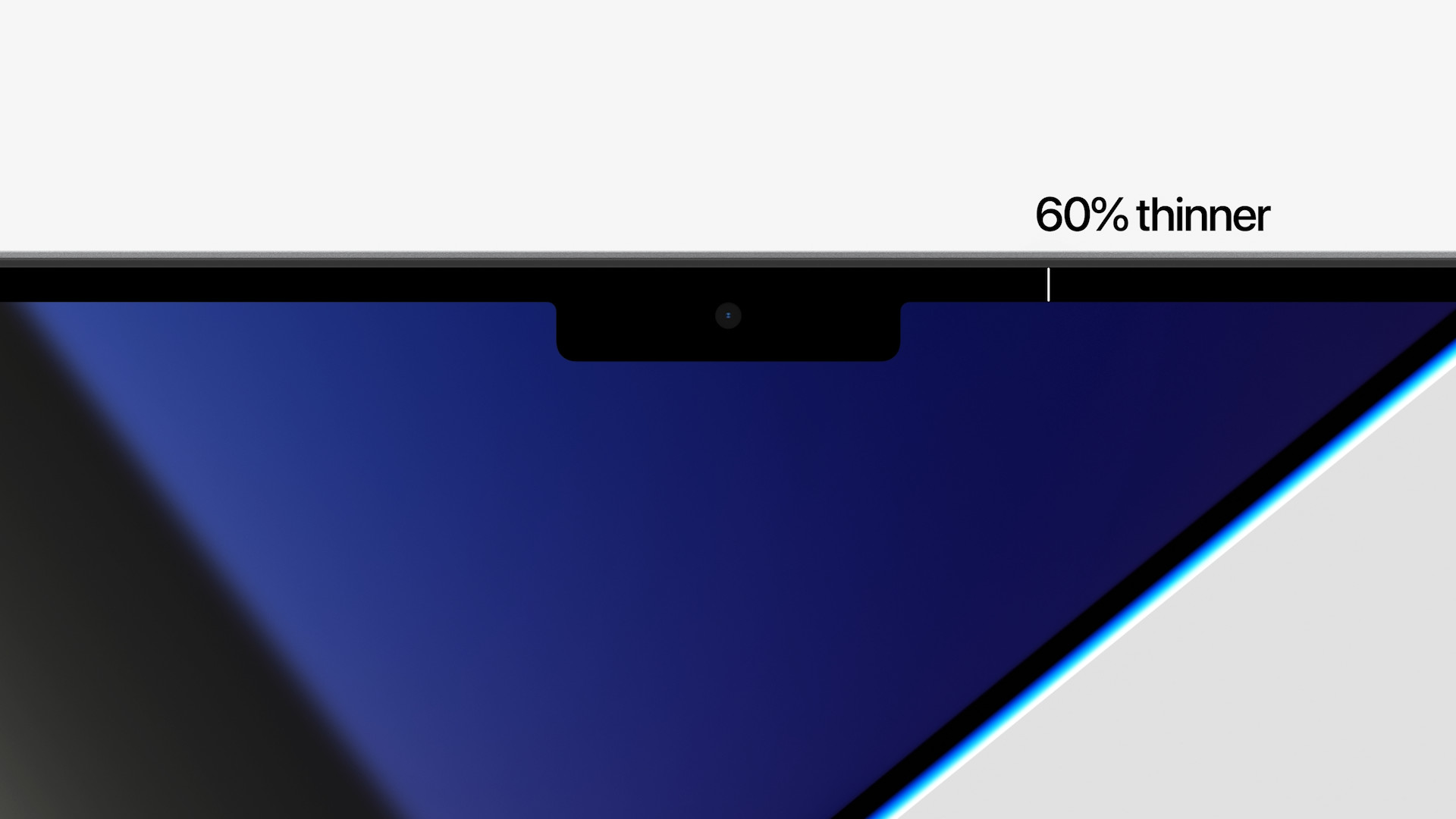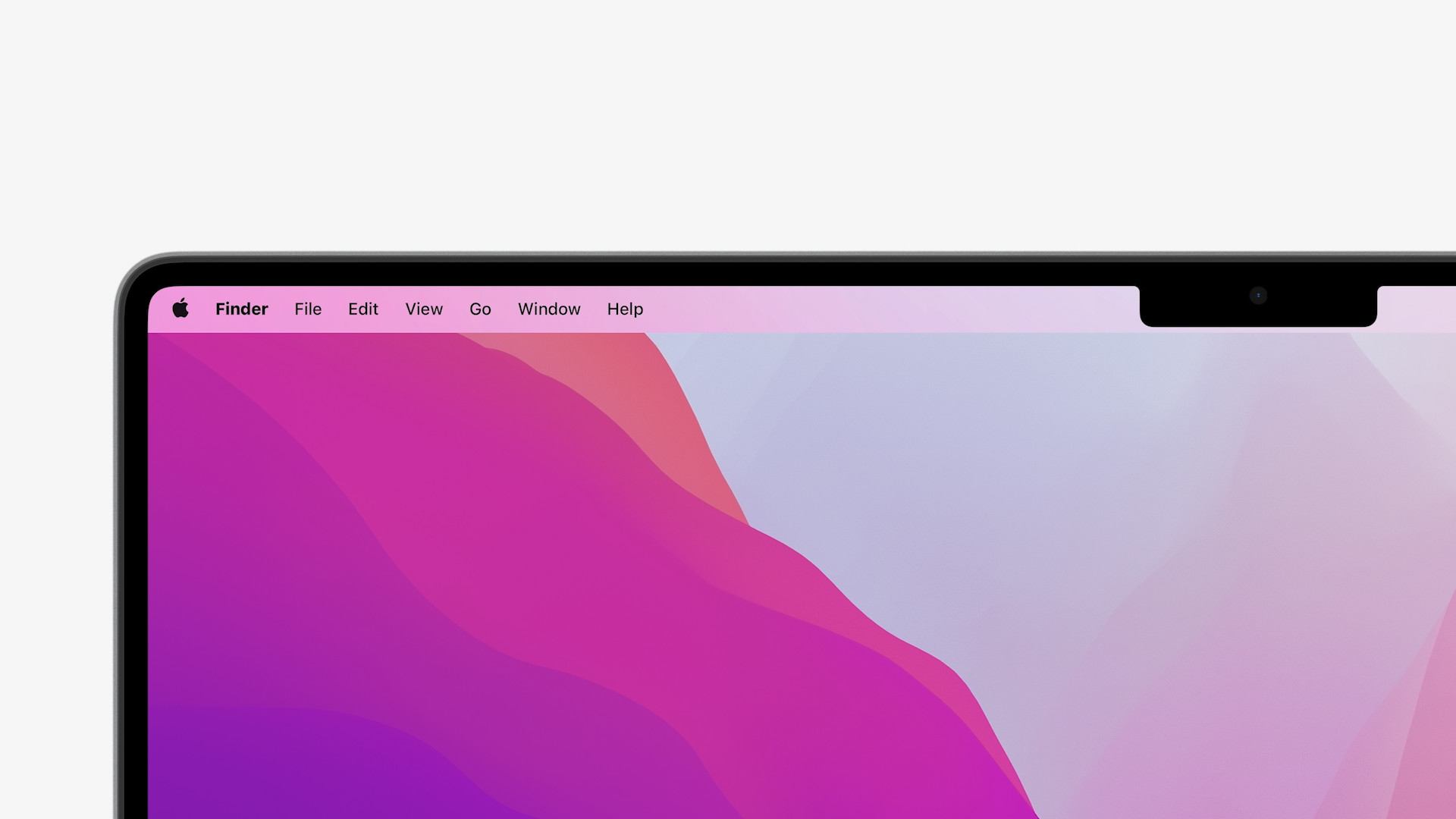On Monday, October 18, Apple introduced a duo of its MacBook Pros, which include a new mini-LED display with a cut-out similar to that known from iPhones. And while it doesn't offer Face ID, its camera isn't the only technology it hides. This is also why it can look bigger than you might think it really needs.
If you look at the iPhone X and later, you'll see that the cutout doesn't just contain space for the speaker, but of course the True Depth camera and other sensors as well. According to Apple, the cutout for the new iPhone 13 has been reduced by 20% mainly because the speaker has moved to the upper frame. Not only the camera, which is now on the left instead of the right, but also the included sensors, which are located next to it, experienced a change in order.
In contrast, the cutout on the new MacBook Pros has the camera right in the middle of its cutout, so there's no distortion when you look into it because it's pointing straight at you. As for its quality, it is a 1080p camera, which Apple calls FaceTime HD. It also includes an advanced image signal processor with computational video, so you'll look your best on video calls.
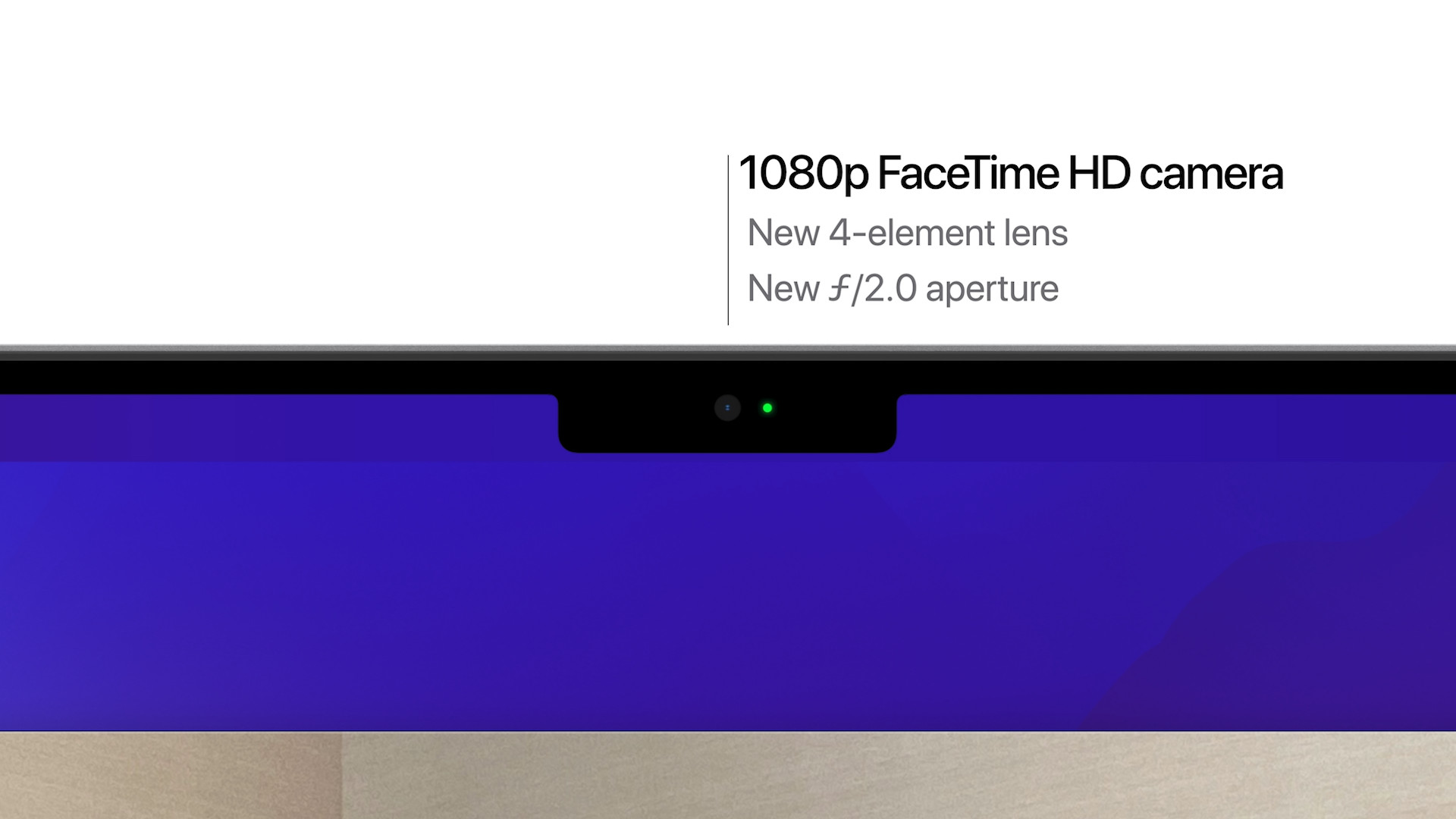
Apple says the quad lens has a smaller aperture (ƒ/2,0) that lets in more light, and a larger image sensor with more sensitive pixels. It thus achieves twice the performance in low light. The previous generation of the camera, which is also included in the 13" MacBook Pro with the M1 chip, offers a 720p resolution. Apple integrated the notch for a simple reason, to reduce the bezels around the display. The edges are only 3,5 mm thick, 24% thinner on the sides and 60% thinner on the top.
It could be interest you
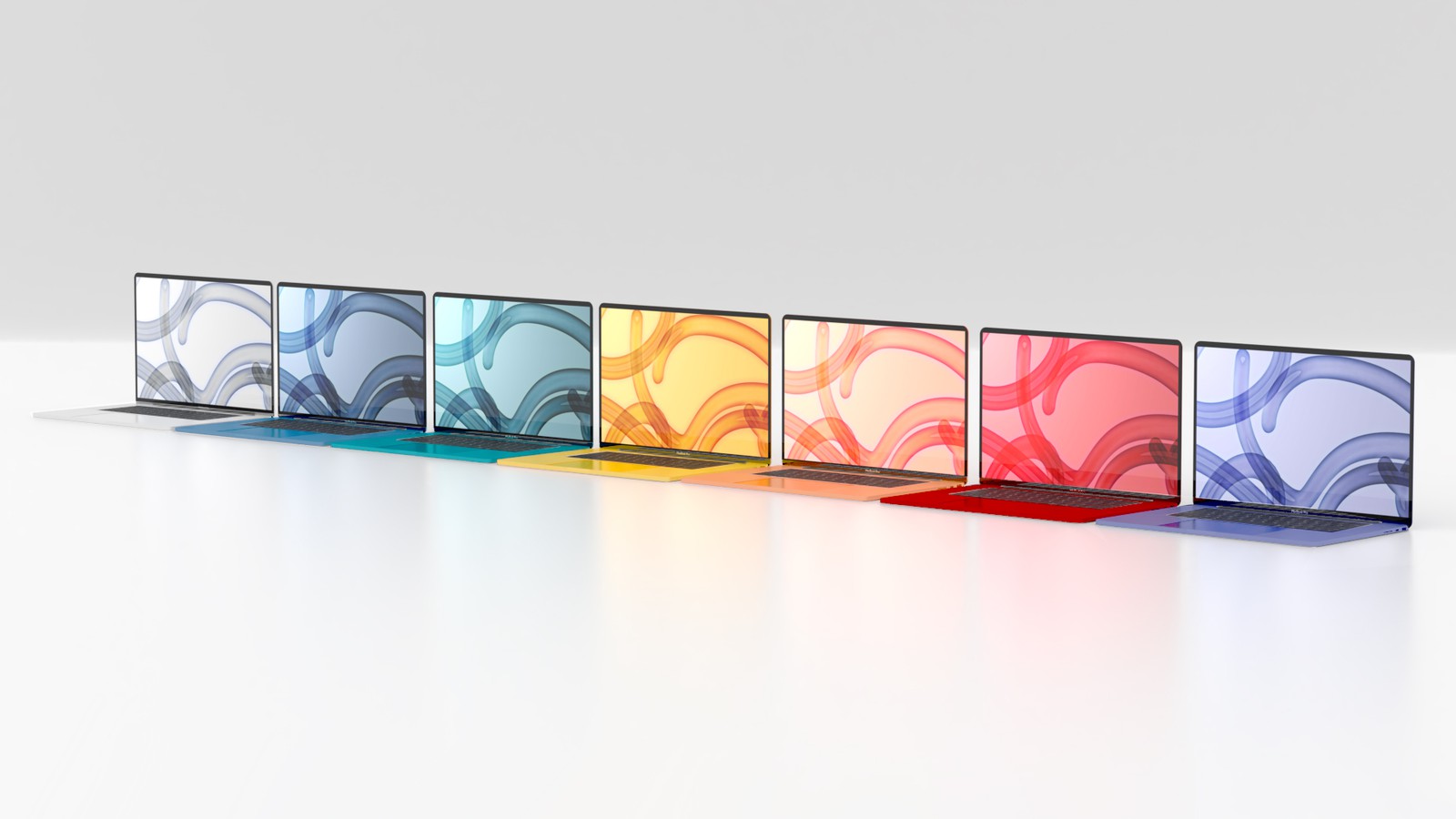
The sensors are responsible for the width
Of course, Apple did not tell us what sensors and other technologies are hidden in the cutout. The new MacBook Pro hasn't even reached the experts at iFixit, who would take it apart and tell exactly what's hidden in the cutout. However, a post appeared on the Twitter social network that reveals the mystery to a great extent.
As you evaluate your opinion on the MacBook Pro's notch, keep in mind that it houses more than just a 1080p camera. It also houses the TrueTone sensor (colors consistent in all lighting conditions), light sensor (adjusts brightness / keyboard illumination), and “camera on” LED. pic.twitter.com/XpKvhvtEWn
- David Pogue (@Pogue) October 19, 2021
As you can see in the photo, there is a camera in the middle of the cutout, next to which there is an LED on the right. Its task is to light up when the camera is active and taking an image. The component on the left is TrueTone with an ambient light sensor. The first measures the color and brightness of the ambient light and uses the information obtained to automatically adjust the white balance of the display to match the environment in which you use the device. This Apple technology debuted on the iPad Pro in 2016 and is now available on iPhones and MacBooks.
It could be interest you
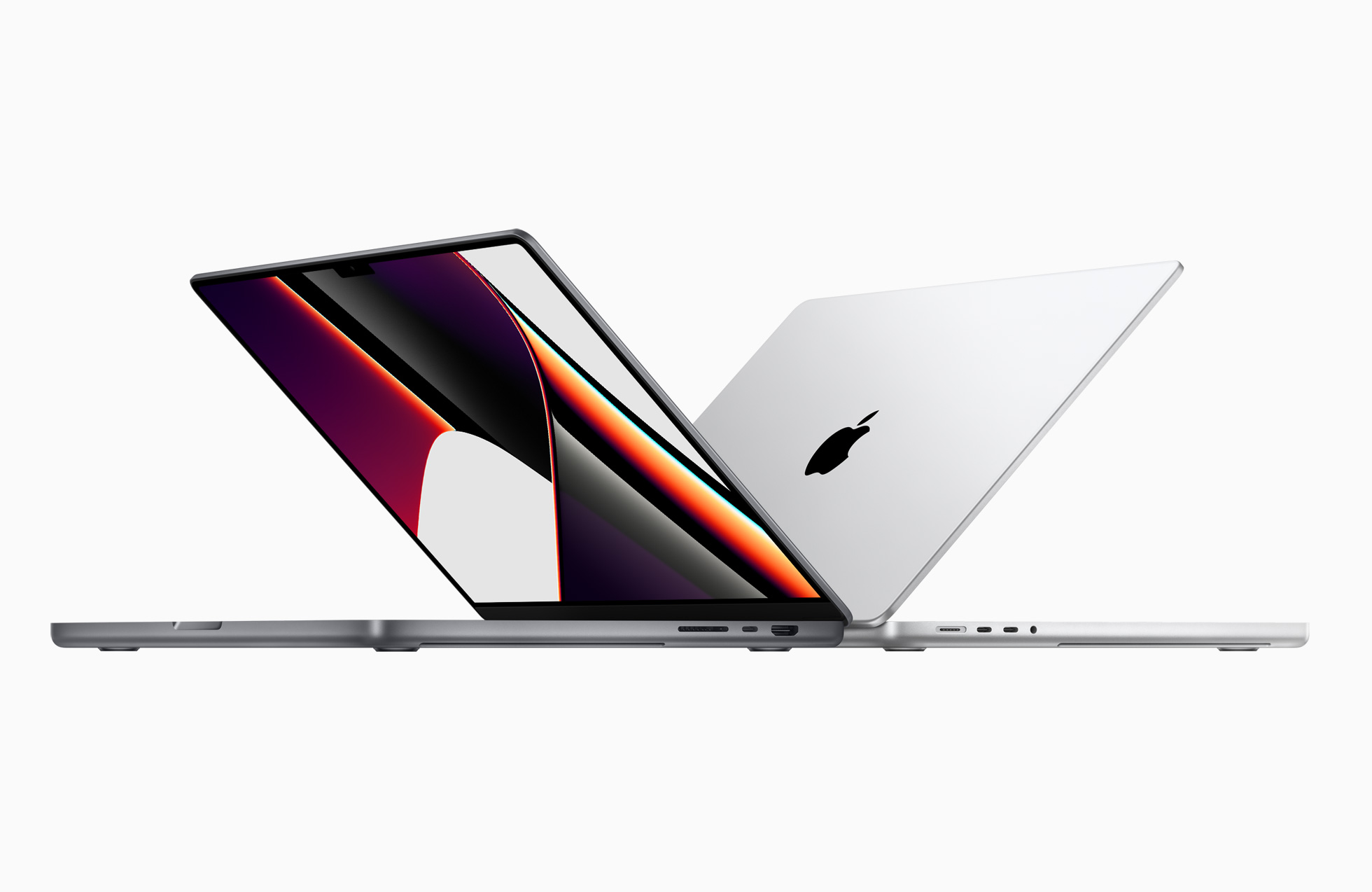
The light sensor then adjusts the brightness of the display and keyboard backlight based on the amount of ambient light. All these components were previously "hidden" behind the display bezel, so you might not even know they are centered around the camera. Now there was no other choice but to admit them in the cut-out. If Apple were to implement Face ID as well, the notch would be even wider, because the so-called dot projector and infrared camera would also have to be present. However, it is possible that we will not see this technology in one of the next generations.
